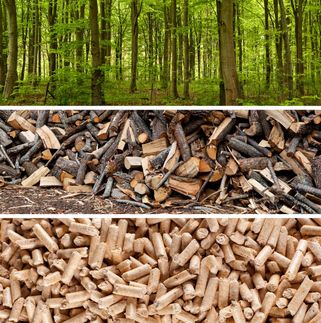New method could revolutionize dating of ancient treasures
Scientists described development of a new method to determine the age of ancient mummies, old artwork, and other relics without causing damage to these treasures of global cultural heritage. Reporting at the 239th National Meeting of the American Chemical Society (ACS), they said it could allow scientific analysis of hundreds of artifacts that until now were off limits because museums and private collectors did not want the objects damaged.
"This technique stands to revolutionize radiocarbon dating," said Marvin Rowe, Ph.D., who led the research team. "It expands the possibility for analyzing extensive museum collections that have previously been off limits because of their rarity or intrinsic value and the destructive nature of the current method of radiocarbon dating. In theory, it could even be used to date the Shroud of Turin."
Rowe explained that the new method is a form of radiocarbon dating, the archaeologist's standard tool to estimate the age of an object by measuring its content of naturally-occurring radioactive carbon. A professor emeritus at Texas A&M University College Station, Rowe teaches at a branch of the university in Qatar. Traditional carbon dating involves removing and burning small samples of the object. Although it sometimes requires taking minute samples of an object, even that damage may be unacceptable for some artifacts. The new method does not involve removing a sample of the object.
Conventional carbon dating estimates the age of an artifact based on its content of carbon-14 (C-14), a naturally occurring, radioactive form of carbon. Comparing the C-14 levels in the object to levels of C-14 expected in the atmosphere for a particular historic period allows scientists to estimate the age of an artifact. Both the conventional and new carbon dating methods can determine the age of objects as far back as 45,000 to 50,000 years, Rowe said.
In conventional dating methods, scientists remove a small sample from an object, such as a cloth or bone fragment. Then they treat the sample with a strong acid and a strong base and finally burn the sample in a small glass chamber to produce carbon dioxide gas to analyze its C-14 content.
Rowe's new method, called "non-destructive carbon dating," eliminates sampling, the destructive acid-base washes, and burning. In the new method, scientists place an entire artifact in a special chamber with a plasma, an electrically charged gas similar to gases used in big-screen plasma television displays. The gas slowly and gently oxidizes the surface of the object to produce carbon dioxide for C-14 analysis without damaging the surface, he said.
Rowe and his colleagues used the technique to analyze the ages of about 20 different organic substances, including wood, charcoal, leather, rabbit hair, a bone with mummified flesh attached, and a 1,350-year-old Egyptian weaving. The results match those of conventional carbon dating techniques, they say.
The chamber could be sized to accommodate large objects, such as works of art and even the Shroud of Turin, which some believe to be the burial cloth of Jesus Christ, Rowe said. He acknowledged, however, that it would take a significant amount of data to convince museum directors, art conservators, and others that the new method causes no damage to such priceless objects
The scientists are currently refining the technique. Rowe hopes to use it, for instance, to analyze objects such as a small ivory figurine called the "Venus of Brassempouy," thought to be about 25,000 years old and one of the earliest known depictions of a human face. The figurine is small enough to fit into the chamber used for analysis.
Organizations
Other news from the department science

Get the chemical industry in your inbox
By submitting this form you agree that LUMITOS AG will send you the newsletter(s) selected above by email. Your data will not be passed on to third parties. Your data will be stored and processed in accordance with our data protection regulations. LUMITOS may contact you by email for the purpose of advertising or market and opinion surveys. You can revoke your consent at any time without giving reasons to LUMITOS AG, Ernst-Augustin-Str. 2, 12489 Berlin, Germany or by e-mail at revoke@lumitos.com with effect for the future. In addition, each email contains a link to unsubscribe from the corresponding newsletter.





























































